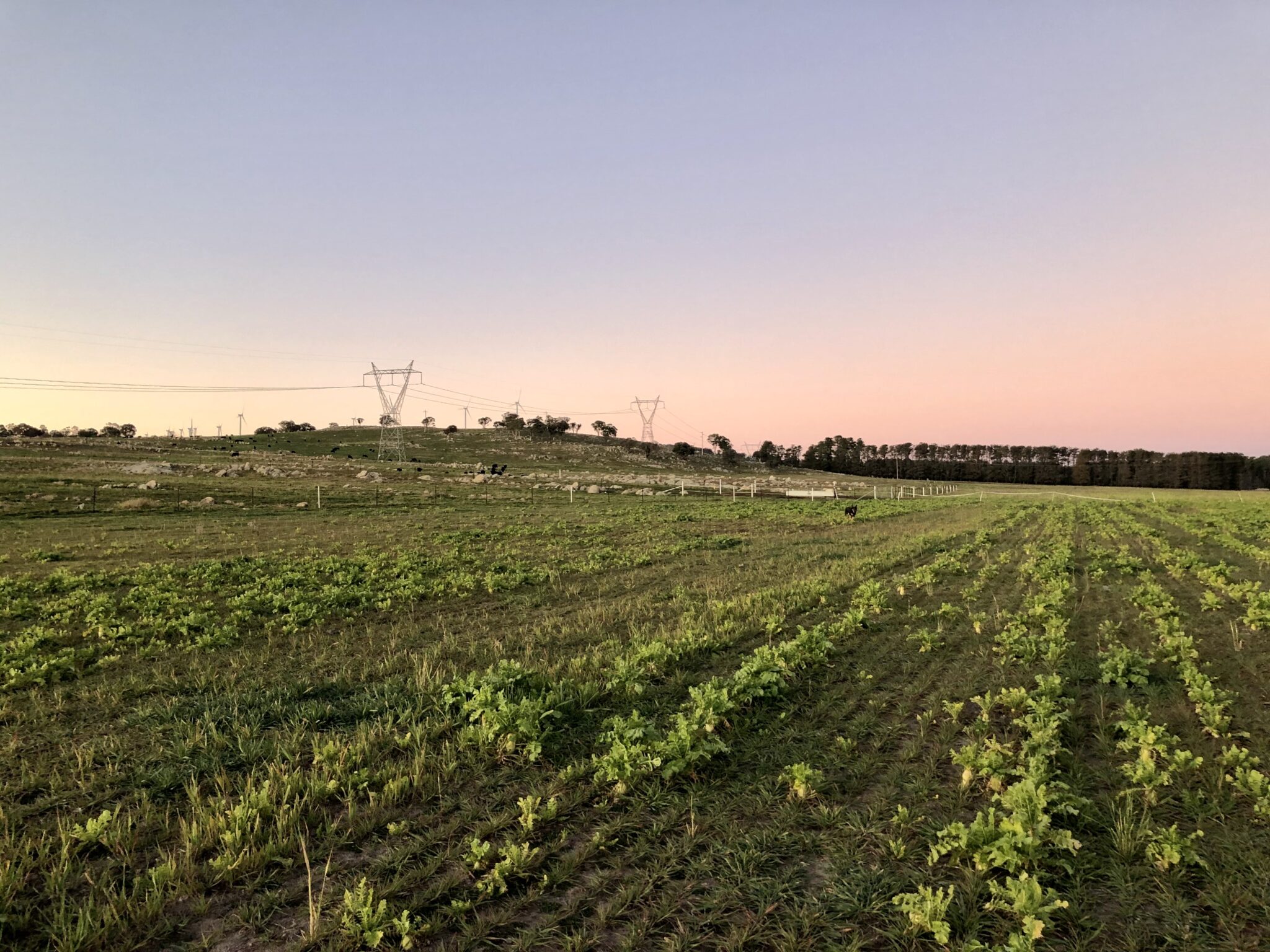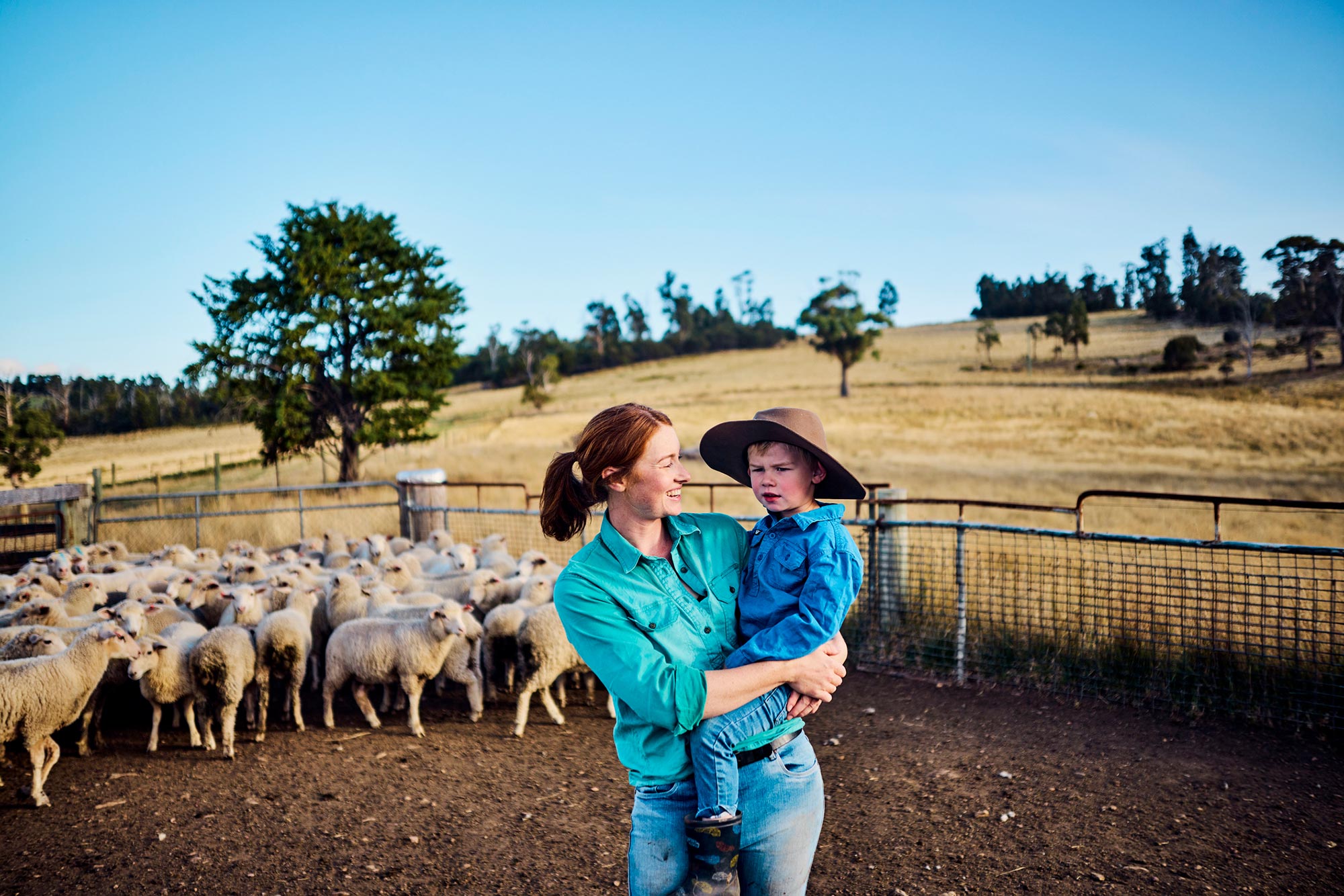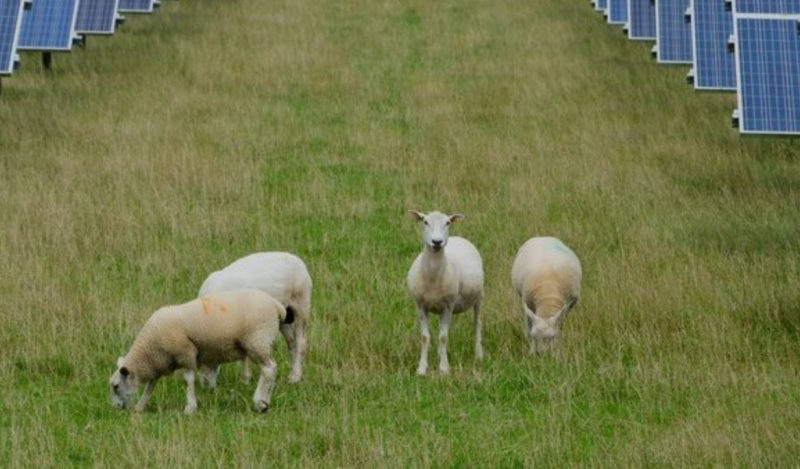Stride’s Partners Amy Kean and Luke Osborne recently had the privilege of sharing their experiences and lessons learnt on gaining social licence and why it matters to successful renewable energy projects with energy law firm Hamilton Locke, as part of their New Energy Insights series. The interview is shared below.
What is the role of community engagement in building projects more efficiently?
If done right, community engagement coupled with co-designed shared benefits can build trust for a project, minimise planning delays and lead to quicker and smoother development. By proactively involving key community stakeholders, developers can mitigate the risk of scope creep and related cost blowouts caused by conflicts and opposition, particularly in the planning process.
At what stage in the project lifecycle should developers engage with the community? Additionally, is there a risk of community consultation fatigue if engagement efforts are not strategically managed?
Community engagement often gets criticism for starting too early, with some suggesting it should wait until project plans are more developed. However, involving the community at the outset is the best approach.
Early engagement allows developers to understand the social context and stakeholders who are important to the project, gathering ideas from a local audience, building trust, and gaining initial support. Neighbours and landowners are key players, so it’s important to connect with them right from the start.
Although early engagement can be tough – since projects are under public scrutiny before they are fully defined – it’s critical to listen and establish relationships, ideally in-person and convenient to them. Time spent in kitchen table conversations – especially prioritising those most directly affected, like landowners, Traditional Owners and neighbours – is never wasted and has arguably saved many projects. However hard it is, it’s better to be honest about not having all the answers than to remain silent, which can breed rumours and misconceptions.
Delaying or avoiding engagement to prevent community fatigue or to await more concrete designs can lead to bigger problems down the line. Missing out on valuable input or overlooking risks can be a setback. Postponing engagement can also risk people feeling left out, becoming suspicious, and negative and inaccurate perceptions may take hold.
“Once trust is eroded it’s hard to regain. That’s why timely and thoughtful community engagement is crucial for the success of infrastructure projects.”
Early conversations should focus on understanding local needs and concerns, ideally by working together to shape the project. This teamwork allows for feedback and adjustments, making the project more relevant and fostering trust.
Could you provide examples of innovative approaches to community engagement that developers might adopt to ensure that the concerns of local communities are effectively heard and addressed?
Early and on-ground engagement and co-designed shared benefit initiatives were success factors for both the Blind Creek Solar Farm and Coonooer Bridge Wind Farm projects.
Stride helped develop Blind Creek Solar Farm, which won the 2022 Clean Energy Council Community Engagement Award for its social licence, pioneering solar farm benefit sharing scheme and agrisolar initiatives. The project consulted early with nearby landowners, First Nations, local Councils and community to design a shared-benefit model tailored to identified needs. The developers led regular in-person individual conversations, community open days and online information sessions (during COVID lockdowns) and were pro-active in local media on the project. The project received 37 supportive public submissions and only 3 public objections in the NSW planning assessment process.
Luke pioneered community co-ownership combined with a rent proximity model for Coonooer Bridge Wind Farm in Victoria, which also received a Clean Energy Council Community Engagement Award. The project had an unprecedented quick planning approval, reducing development costs. The first of its kind at the time, these approaches paved the way for best practice shared benefit models in the industry.

How can developers engage with communities in a way that is meaningful and moves beyond tokenistic or ‘box ticking’ gestures?
Early-stage funding initiatives are excellent in supporting short-term needs and activities. However, building trust is also about investing in genuine engagement, responsive project design as well as co-designing legacy benefits over the construction and decades of project operation.
Stride takes a more nuanced approach to engagement, following a thorough consideration of the social context, site and stakeholder mapping. This includes:
- Prioritising in-person and on-ground engagement with the key stakeholders directly involved with the project (landowners, Traditional Owners and neighbours) in the early stages.
- Leading discussions with the proposed benefits of the project, and an open approach to listening and learning.
- Subsequent tailored engagement with those not directly involved, such as the community advocates, elected officials, local Council, and residents. We always advise verbal and in-person interactions over email to avoid superficial touchpoints, matters getting lost in translation, and issues escalating.
The approach relies on early internal financial decisions around shared benefits and who may receive these, with a view to co-designing the benefits along the way. Stride has a proven shared benefit model which supports this.
For the Blind Creek Solar Farm project, as an example, we identified and engaged several stakeholder groups as a priority within a 6.5km radius directly affected by the project, obtaining their views and developing a shared benefit scheme: the local eco-living community, immediate neighbours, and more distant residents. Broad engagement took many forms over the 18-month period, both individually and in groups, and heavily focussed on in-person and verbal communications. There was a deliberate early media release to be transparent and earn community trust from the outset. It was intentionally different to common industry practice of keeping a low profile and signing non-disclosure agreements.
The outcome: over 100 people were involved in outreach activities and they welcomed the early and honest face-to-face interactions, as well as COVID-safe opportunities to learn about the project and provide feedback. At the time, Blind Creek was also proudly the first solar farm with a Community Shared Benefit Scheme, sharing $3.5 million in financial benefits directly with neighbours and the broader community. This aligns with a vision of sustainable agriculture, environmental restoration, and community building, including $1.25 million to the local swimming pool.

What is your perspective on the current dialogue between communities, governments and developers regarding project proposals?
The dialogue between communities, governments and developers regarding New Energy project proposals has become increasingly intricate and contentious.
Over the past 20 years, while the industry has gained substantial knowledge, rapid scaling has resulted in poorly managed projects becoming increasingly common. Expectedly, community outrage has increased, especially in regional areas earmarked for numerous project proposals and concerns around cumulative impacts.
In NSW, we are also seeing local governments actively ensuring they benefit directly from local projects, unfortunately sometimes without meaningful social licence outcomes. State Government review of projects has also escalated. In NSW, 59 per cent of solar and wind projects are currently being reviewed by the Independent Planning Commission (triggered by more than 50 public objections received in the assessment process irrespective of location), reflecting the lack of social licence in the industry broadly.
“There is a trend towards legislating community engagement, however, mandatory benchmarks should not compromise taking a tailored approach to engaging with each community.”
Beyond compliance regimes, the Australian Government is now also rewarding meaningful efforts on gaining social licence. Projects competing for government support via renewables tenders like NSW Renewable Energy Zone Access Rights and the Federal Capacity Investment Scheme must now demonstrate community and First Nations engagement credentials and acceptance. This is resulting in renewed and amplified focus in these areas for developers intending to win government funding and underwriting.
How can governments and developers engage with First Nations people in a meaningful way? Are recent examples of First Nations equity involvement in projects likely to become mainstream?
Through the NSW Energy Roadmap and the Federal Capacity Investment Scheme, State and Federal governments are encouraging developers to share economic benefits with First Nations communities in ways which haven’t been done before, aiming to enable economic empowerment. For this to happen, it is crucial for the developers (and the industry more broadly) to deeply understand the legislation at play (such as Native Title) as well as the local context, including the history, hierarchy, and dynamics of the Traditional Owners, governing bodies and other indigenous groups. Just as with any community, there are complexities and sensitivities that need to be managed carefully to build trust.
First Nations communities typically require time to build trust. Engaging with these communities in person and allowing sufficient time for meaningful interactions are essential steps. It’s also important to consider whether the consulted parties have (and/or require) the resources to fully participate in engagement processes, as they are often under-resourced.
Equity involvement is one option within a suite of shared benefit opportunities available for First Nation’s communities and needs to be carefully considered within the local context, project financials and via engagement with the key stakeholders.
While equity might seem straightforward, it can be complex to administer and may not always yield the expected results. Instead, there may be other effective ways to support communities, such as funding for local initiatives (ranger programs, youth or childcare centres), healthcare support, training and apprenticeship programs, or rent payments to local organisations to acknowledge the connection to Country on project sites.
What can Australia learn from other countries in respect of First Nations engagement?
“Australia can gain valuable insights from international examples of First Nations engagement, but it’s important to recognise that each country’s approach is influenced by its unique legal, tax, and community support systems, and importantly the capability of local groups.”
Direct comparisons are not always straightforward due to these differences.
In Canada, successful projects have often stemmed from strong equity partnerships by involving Indigenous communities in local projects, such as through employment and educational schemes. However, these models may not be easily transferable to Australia due to differing tax systems and differing nature of community governance. For example, in Australia, large-scale projects involving more than 50 people can face challenges in terms of bankability and financial viability.
New Zealand offers another example where benefits are sometimes distributed through co-operative ownership models, rather than individual ownership. This approach has provided long-term benefits to indigenous communities by linking homeownership to cooperative structures and may be particularly beneficial where communities have a limited number of homeowners.
What do you foresee as the most significant trends that will occur in the community engagement space over the next five to ten years?
Our industry must re-learn to engage with communities in a tailored, effective manner. A similar paradigm-shift occurred in the early 2010s. Simultaneously, we expect governments will continue to be heavily involved in the new energy transition in regulating such engagement.
Specifically, we believe that agri-renewables (‘agrivoltaics’) are poised for significant growth. With increased stakes and a faster pace, developers who have a better grasp of community engagement in this sector will advance at a faster pace.
Given the higher stakes now, it’s crucial that the industry’s approach to community engagement transforms to ensure the success of projects and the New Energy transition.
The Hamilton Locke team advises across the energy project life cycle – from project development, grid connection, financing, and construction, including the buying and selling of development and operating projects.


